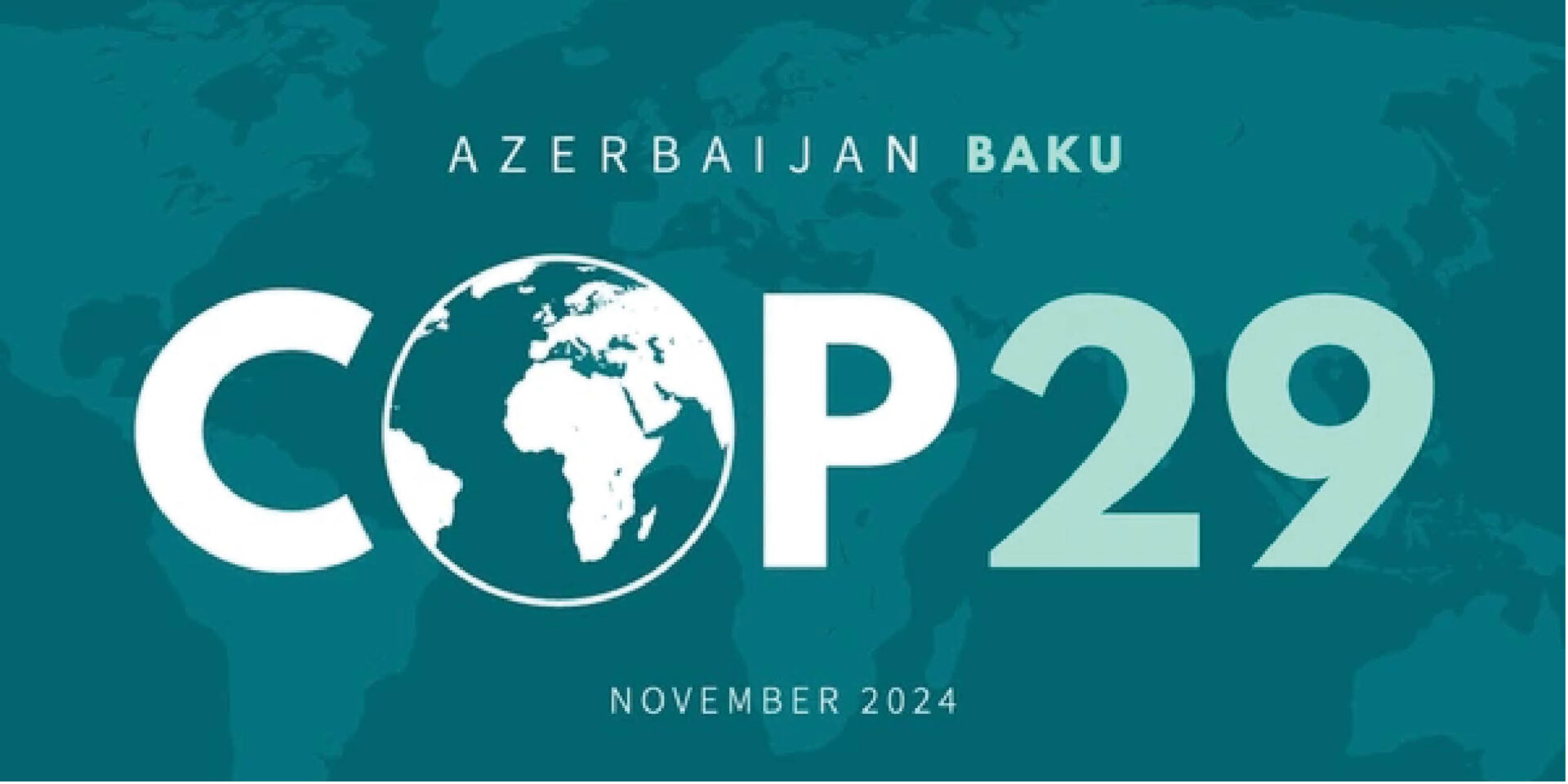NEW DELHI: As the European Union (EU) sets a commendable example by effectively reducing its CO2-equivalent emissions, the emissions from non-EU countries with less rigorous climate obligations are accused of undermining the EU’s climate objectives. Consequently, mainstream Western media portrays the Carbon Border Adjustment Mechanism (EU-CBAM) as a fair pricing strategy for carbon emissions, thereby positioning the EU as a leader in promoting cleaner production practices in non-EU nations. On the other hand, voices from the Global South incriminate the EU-CBAM as an innovative protectionist instrument, that has crooked the chronic North-South divide in addressing climate obligations, often overshadowing the precautionary, prudent, and pragmatic approaches that developing economies like India advocate for. Around this disputation, the CBAM has successively occupied the centre-stage of discussion in some recent editions of the Conference of the Parties (COP) organized under the UN Framework Convention on Climate Change (UNFCCC).
During COP28, held in Dubai in 2023, representatives from developing economies expressed their concerns regarding the CBAM, highlighting evidence that its economic implications for Africa could be three times the level of aid provided by the EU to the continent. At COP27, convened in Sharm El-Sheikh, Egypt, a statement from Brazil, South Africa, India, and China, collectively known as the BASIC countries, described the CBAM as discriminatory and urged developing nations to present a unified response to what they perceive as an unjust transfer of responsibilities.
The CBAM is scheduled for implementation in its definitive form beginning 1 January 2026. This mechanism is a crucial component of the EU’s climate strategy and may present significant risks to international trade in energy-intensive and trade-exposed products. Therefore, consistent with previous COPs, the CBAM is expected to garner substantial attention from stakeholders involved in the ongoing negotiations at COP29, currently taking place in Baku, Azerbaijan, since 11 November 2024. Discussions will likely feature arguments both supporting and opposing its eventual implementation and rollout.
The EU comprises 20.33% of India’s total merchandise exports, with 25.7% of these exports impacted by the CBAM, valued at $8.7 billion. Of this total, iron and steel alone account for a significant 76.9%, followed by aluminium at 19.4%, cement at 3.7%, and fertilizers at 0.02%, based on data from the past three fiscal years
India has already undergone rounds of consultations with experts to develop strategic arguments aimed at pitching the voice as a representative for the Global South and countering the imposition of the CBAM. In this policy context, India is also exploring the possibility of implementing retaliatory tariffs on imports from the EU. However, it is important to note that poorly executed retaliatory measures may generate negative perceptions of India on the international platform, potentially conflicting with the EU’s laudable initiative to protect the climate. Consequently, an intriguing question arises: Can India effectively pursue retaliatory measures rooted in climate protection against developed nations, while simultaneously encouraging other developing countries to adopt similar approaches?
The prevailing practice of production-based accounting (PBA) for nationally determined contributions (NDCs) aimed at reducing carbon emissions assigns the responsibility for the emission content of traded goods to exporters. This methodology inadvertently results in the stigmatization of India and several other developing economies within the context of climate negotiations with the European Union (EU). Nonetheless, recent empirical research has identified opportunities for the implementation of alternative principles in national emission accounting.
India has the potential to effectively execute a retaliatory CBAM directed at the EU, based on one of these alternative accounting principles. A notable approach is Equity-based Accounting (EBA), which promotes a mutual obligation for emission reductions among trading partners. The EBA delineates the principles of intra-generational horizontal equity among economies engaged in trade, particularly concerning the allocation of responsibilities for emission reduction. This allocation is determined by each country’s capacity to mitigate climate change impacts related to trade and the benefits derived from international trade. In the context of a trade relationship between India and the EU, it is imperative that both parties collaboratively assume their respective responsibilities for reducing emissions generated from both production and consumption activities linked to their trade interactions. Furthermore, the EBA integrates the principle of horizontal equity with inter-generational vertical equity, which assigns a greater burden to those countries with a more substantial historical contribution to climate change. Specifically, in the India-EU scenario, this methodological framework suggests that the EU bears a greater proportional responsibility for emission reduction compared to India.
In the context of the EU-CBAM framework, the determination of retaliatory tariffs should be based on an adjustment of the emissions embedded in India’s imported commodities from the EU. This adjustment would employ an inflator derived from the EBA, thereby ensuring that importers fulfil the obligations established by the EU. The tariff base may be calculated through the application of validated inflators found in the trade-environmental literature (Banerjee et al., 2021). This calculation involves multiplying the actual emissions present in imports by a complex ratio that incorporates several relative factors, such as per capita GDP, per capita emissions, benefits from trade, avoided emissions through trade, etc. Additionally, the inflator may be further extended to encompass other relative attributes of the EU in comparison to India. This would facilitate a more nuanced conversion of the actual emissions embedded in imports, allowing for an accurate representation of the developmental disparities between trading partners within the framework of shared responsibility. Through these measures, India can position itself to propose innovative rules that offer a fair evaluation of international climate initiatives. This approach will enable India to advocate for the EBA as a standardized method for delineating the allocation of emission responsibilities among nations.
* Suvajit Banerjee is a Fellow and Sovini Mondal is a Research Associate at National Council of Applied Economic Research (NCAER), New Delhi. Views are personal.

